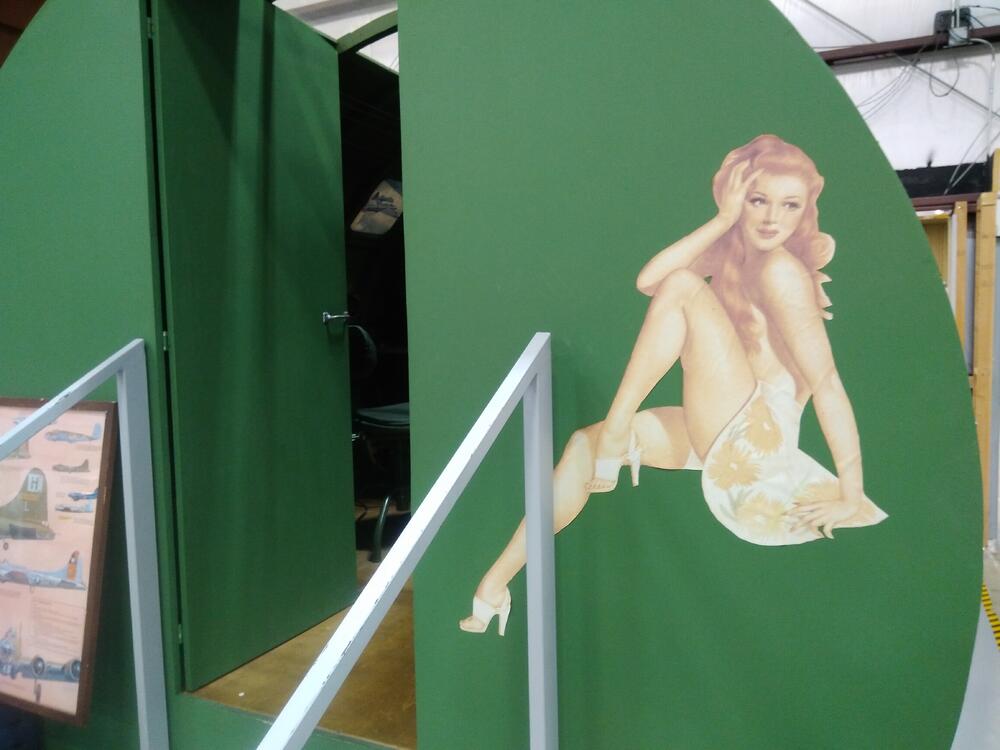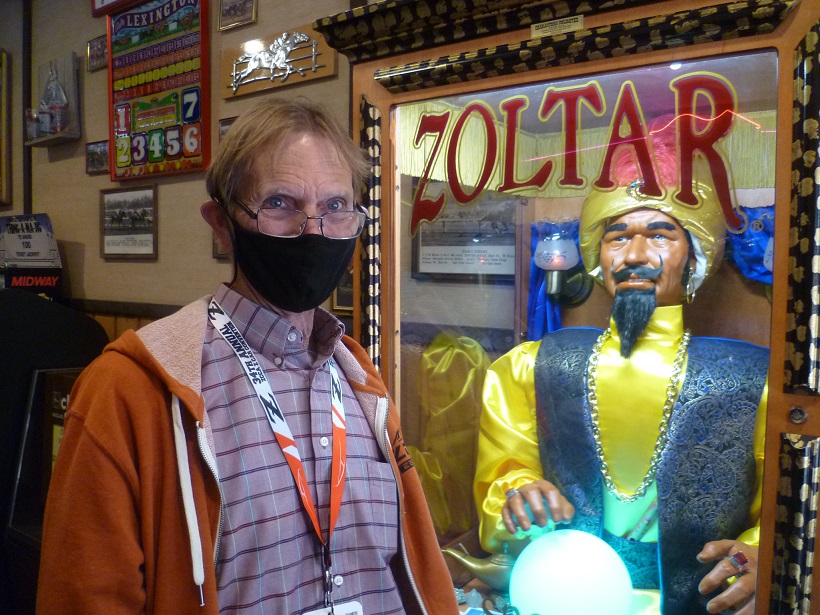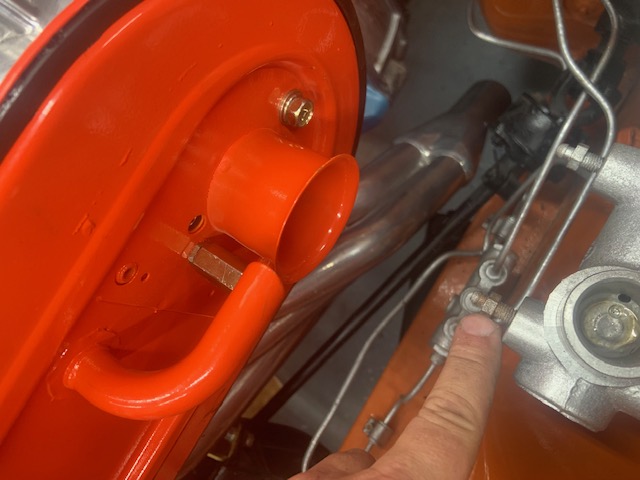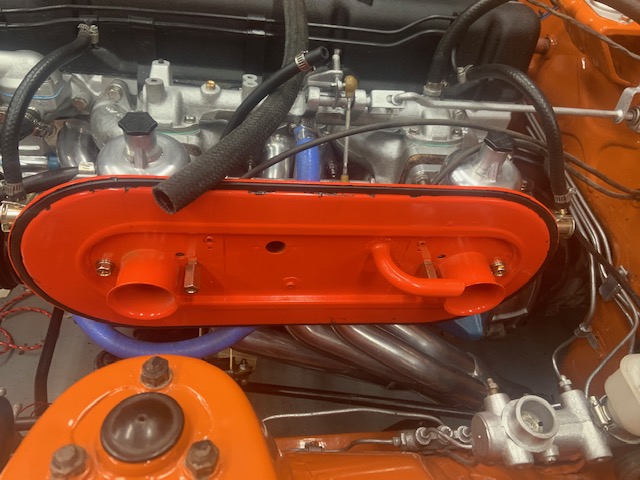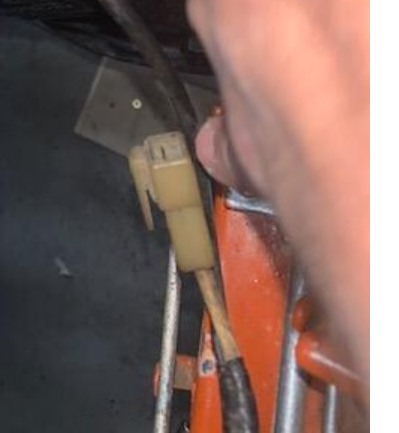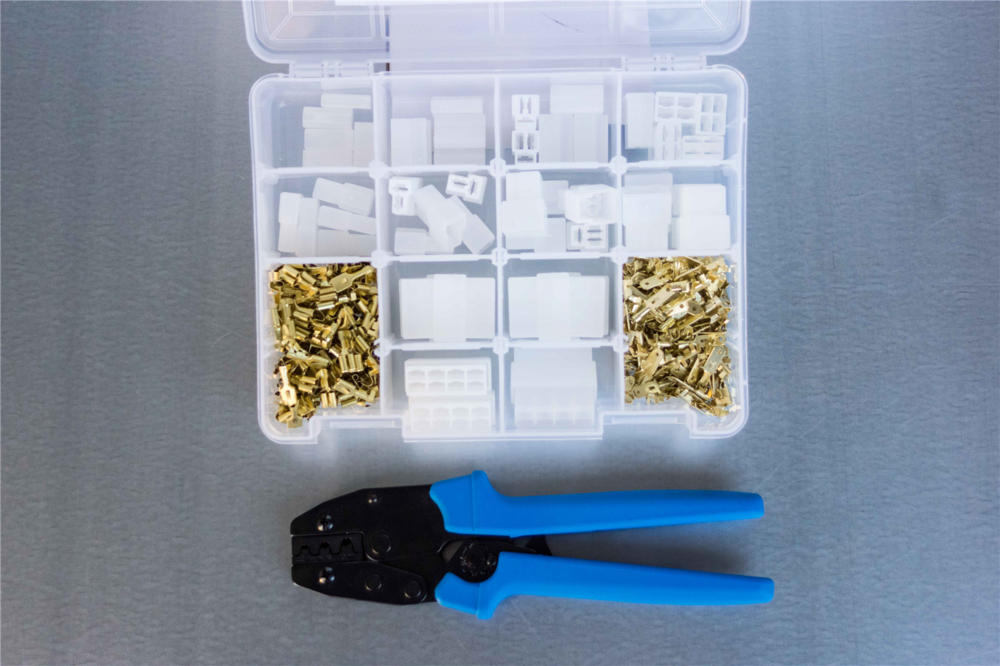Don't consider heat as a 'last resort' strategy. Instead, make it part of your basic strategy.
As mentioned by someone else earlier, don't use a flame source (i.e. don't use a torch). Instead, use an electric heat gun (inexpensive, easy to find, easy and fairly safe to use). I would suggest that you heat the area around the plug for about 2 minutes. Then you can go with whatever wrench strategy you decide to use.
The square-head type of plug (whether male or female) isn't designed for high-torque, so it's not too hard to round off the corners if you get sloppy. Make sure that you choose a wrench that fits as closely as possible. In fact, a pipe wrench (a big one) may prove to be the most suitable because these are designed to self-tighten (if you use them properly, that is). Another option is an 8-point ('double-square'), 1/2"-drive 17mm socket fitted to a 24" breaker bar. The type of socket that I'm talking won't be available at your local tool store. You can order one from Toolpan.com ($7.50), but it may be a few weeks before they can ship.
No matter what wrench you choose, one of the challenges can be positioning. With a four-sided plug head, a pipe wrench can only be installed in four positions -- i.e. stepping around the plug head at 90-degree intervals. An open-end wrench is much the same, although they're designed so that the wrench end is about 10 degrees off centre, meaning that if the plug head is oriented at 12 o'clock / 3 o'clock / 6 o'clock / 9 o'clock then the wrench end will be at (for the 3 o'clock example), either 2:45 or 3:15, achieved by flipping the wrench over. The double-square socket on a non-ratcheting breaker bar will let you adjust the breaker bar position at 45-degree increments.














